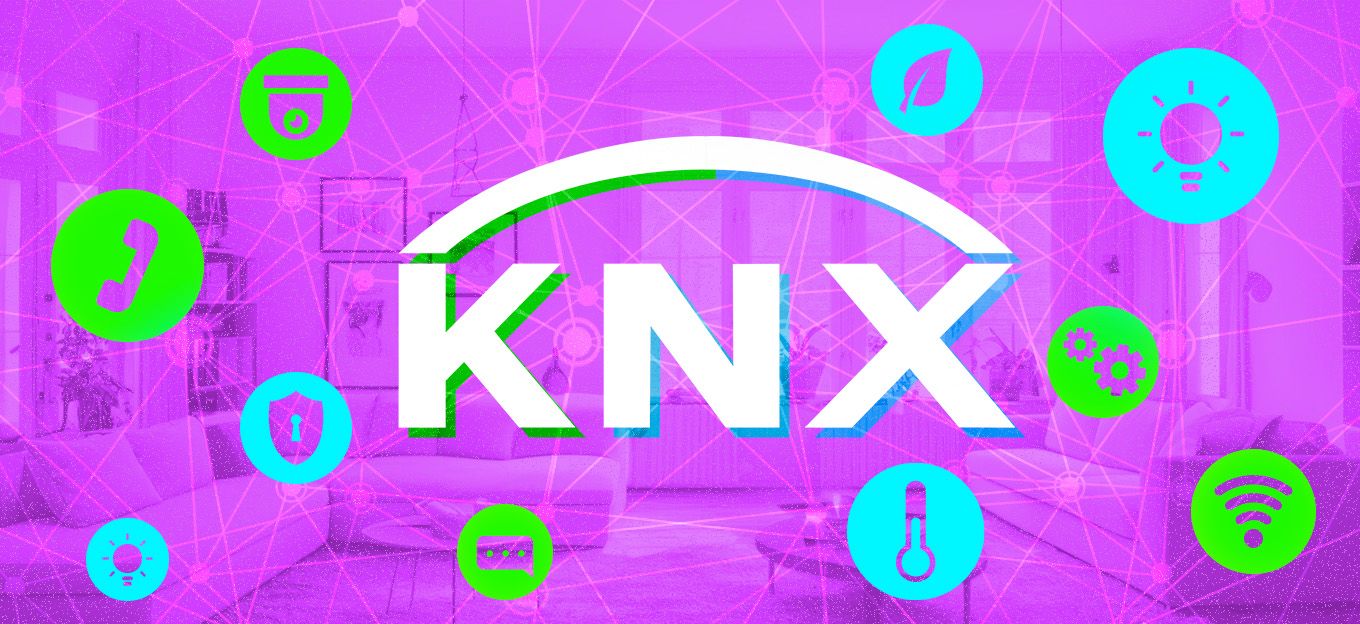Smart Offices In a Post Covid-19 World
Smart Offices In a Post Covid-19 World
- Last Updated: December 2, 2024
Arkessa
- Last Updated: December 2, 2024



While most of the world's office-based workforce has adapted well to remote working, the consensus seems to be that workers are looking forward to returning to the office, if not full-time, part-time. Our latest blog series will explore what these offices might look and feel like. The world has changed since the pandemic hit, and we were almost all asked to stay home. Perhaps smart technology holds the key.
The ‘New Normal’ Office
Smart buildings are not new. The term has been in use for over 20 years, but the reality of what a 'Smart Office' means pre and post covid has changed. IoT integrated technology in buildings is going from 'nice to have' to essential, and 'hybrid working' solutions like remote training and virtual reality conference calls will mean employees can carry out mission-critical tasks without needing physical office presence. It is likely to become a requirement for landlords renting buildings or space to integrate some occupancy monitoring system to compete and keep up with demand/needs; smart offices will have the edge.
To return to shared workspaces safely will require robust solutions like social distancing monitoring systems.
A global survey of 32,000 workers carried out by Steelcase (makers of furniture and designers of spaces) found that 95% of those working remotely would like to return to shared office spaces. However, the survey also exposed many common areas of concern. In particular, workers have heightened health and safety priorities:
- 73% are concerned with air quality
- 73% are keen to ensure safety protocols are adhered to
- 72% feel faculty cleanliness is of great importance
- 71% are worried about the practicalities of physical distancing and boundaries.
Covid-19 has not gone away and won't for a long while yet. We want to get back to the office, but we want to do it safely seems to be the underlying theme. To return to shared workspaces safely will require robust solutions like social distancing monitoring systems. There will be a bigger emphasis on safety, security, and comfort, and smart technology will likely bridge the gap between the pre and post covid working environment.
Practicalities to Consider for When Workers Return
- Occupancy limitations to maintain social distancing.
- Hygiene since the pandemic interrupted our lives, we have become used to far higher levels of sanitation, regular hand washing, sanitizer provisions.
- Reducing touchpoints
- The office set up: how and where desks/work spaces are organised, traffic flow around buildings, ensuring required equipment is available (we now have a far greater need for quality webcams, headphones and microphones).
Smart Building Advantages
Data
Within a smart building, you know who is inside, where they are, where they've been, how long for, and how many people are inside in total.
Reassurance
Landlords and employers can offer occupants peace of mind, using technology that ensures high sanitation, safety, and security levels.
Comfort
Optimal light and temperature levels can even be set according to individual needs. Adjustable desk heights. Quality air. Environments that are conducive to work, creativity, and collaboration in a Covid safe manner.
The Most Comprehensive IoT Newsletter for Enterprises
Showcasing the highest-quality content, resources, news, and insights from the world of the Internet of Things. Subscribe to remain informed and up-to-date.
New Podcast Episode

Moving Past the Pilot Phase in IoT and AI
Related Articles





